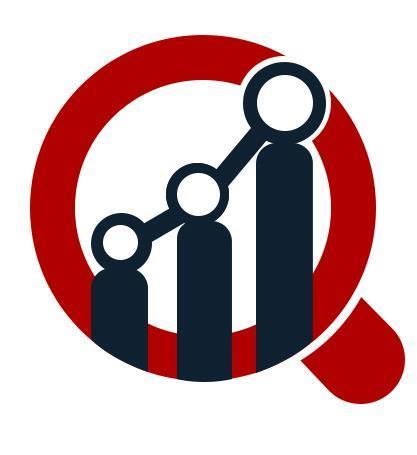Introduction to Carbon Credit Trading
The Carbon Credit Trading Platform Market has emerged as a critical component in the global effort to mitigate climate change. Carbon credit trading allows businesses and governments to buy and sell carbon credits, which represent the right to emit one ton of carbon dioxide or an equivalent greenhouse gas. This market-driven approach incentivizes the reduction of carbon emissions by putting a price on carbon, thereby promoting sustainable practices.
Market Dynamics and Trends
Growth Drivers
The primary drivers of the carbon credit trading platform market include stringent government regulations, increasing corporate social responsibility (CSR) initiatives, and the growing awareness of climate change impacts. Governments worldwide are implementing policies to cap emissions and promote carbon trading schemes, such as the European Union Emissions Trading System (EU ETS) and the California Cap-and-Trade Program. Companies are also voluntarily participating in carbon trading to showcase their commitment to sustainability.
Technological Advancements
The integration of blockchain technology and artificial intelligence (AI) in carbon trading platforms is revolutionizing the market. Blockchain ensures transparency, security, and traceability of transactions, while AI optimizes trading strategies and market predictions. These advancements are enhancing the efficiency and reliability of carbon trading systems.
Regional Insights
North America
North America holds a significant share of the carbon credit trading platform market, driven by robust regulatory frameworks and proactive corporate participation. The United States, with its state-level initiatives like the Regional Greenhouse Gas Initiative (RGGI), is a major player in the market. Canada’s carbon pricing mechanisms further bolster the region’s market growth.
Europe
Europe is the largest market for carbon credit trading platforms, primarily due to the EU ETS, which is the world’s largest and longest-running emissions trading system. European countries are leading in climate action, with ambitious targets for carbon neutrality and renewable energy adoption. The market in this region is characterized by high liquidity and active participation from various industries.
Asia-Pacific
The Asia-Pacific region is witnessing rapid growth in the carbon credit trading platform market, driven by countries like China, Japan, and South Korea. China’s National Emissions Trading Scheme, launched in 2021, is the world’s largest carbon market by volume. The region’s industrial growth and increasing environmental regulations are propelling the demand for carbon trading platforms.
Key Market Segments
By Type
By Component
Leading Players in the Market
The carbon credit trading platform market is highly competitive, with several key players driving innovation and market expansion. Some of the leading companies include:
These companies are focusing on strategic partnerships, mergers and acquisitions, and technological innovations to strengthen their market position.
Challenges and Opportunities
Challenges
Despite the growth prospects, the carbon credit trading platform market faces several challenges. These include regulatory uncertainties, market volatility, and the risk of fraud and manipulation. Ensuring the credibility and integrity of carbon credits is critical for the market’s sustainability.
Opportunities
The increasing emphasis on achieving net-zero emissions by mid-century presents significant opportunities for market growth. The development of standardized carbon accounting methodologies and the integration of advanced technologies like IoT and machine learning can further enhance the market’s potential.
Future Outlook
The future of the carbon credit trading platform market looks promising, with a projected compound annual growth rate (CAGR) of over 20% in the next decade. The increasing adoption of carbon trading mechanisms by developing countries, coupled with the rising corporate commitment to sustainability, will drive market expansion.
Sustainable Development Goals (SDGs) Alignment
Carbon credit trading platforms align with several SDGs, including Goal 13 (Climate Action), Goal 7 (Affordable and Clean Energy), and Goal 12 (Responsible Consumption and Production). By facilitating carbon offsetting and promoting renewable energy projects, these platforms contribute to global sustainability efforts.
Conclusion
The carbon credit trading platform market is poised for significant growth, driven by regulatory support, technological advancements, and increasing corporate participation. As the world intensifies its efforts to combat climate change, the role of carbon trading platforms will become increasingly vital in achieving global emission reduction targets. Companies and governments must collaborate to overcome challenges and leverage opportunities to create a robust and transparent carbon trading ecosystem.
More
Trending Reports:
Traction transformers for
locomotives





Comments